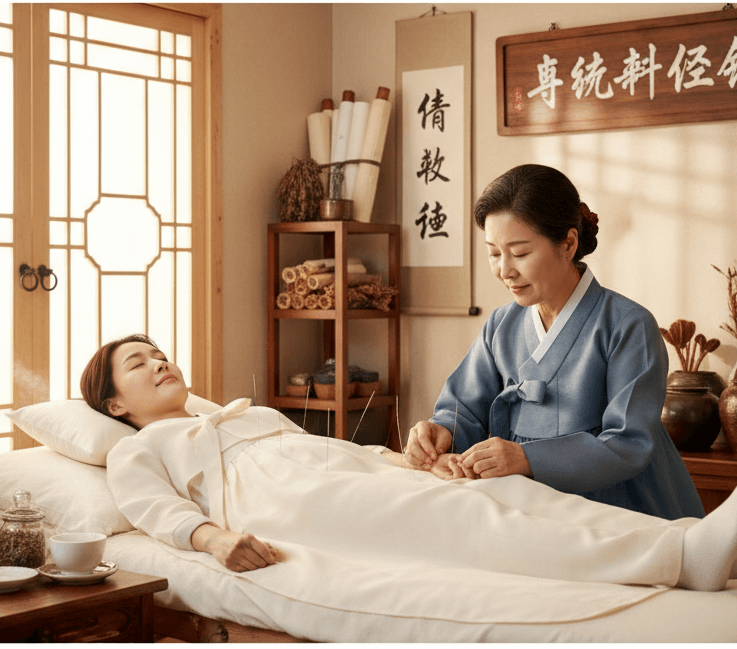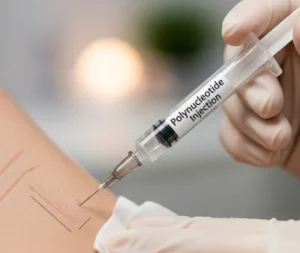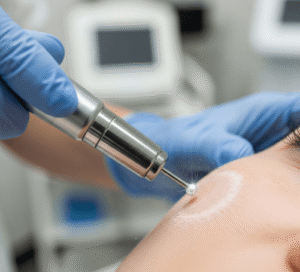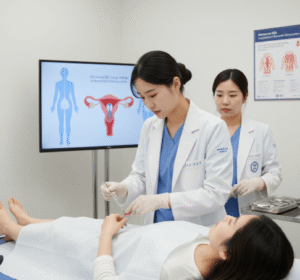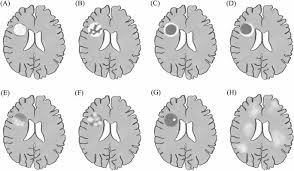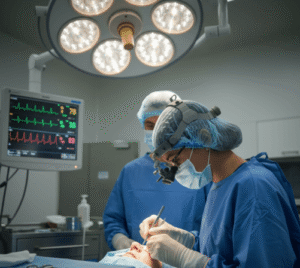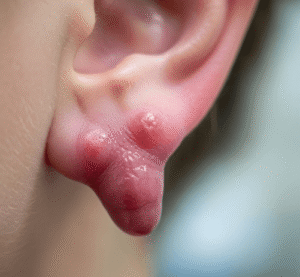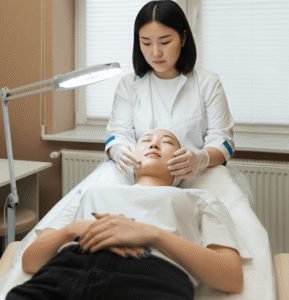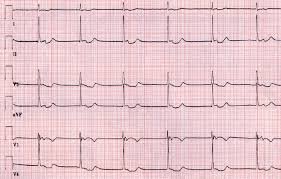In today’s fast-evolving healthcare system, modern hospitals in Korea are embracing a unique approach — blending advanced medical technology with traditional Korean therapies. This trend reflects a deep respect for cultural heritage while meeting the needs of patients who seek natural, holistic healing alongside modern science.
Integration of Hanbang and Modern Medicine
Korea’s medical excellence has long been admired globally. From robotic surgeries to AI diagnostics, Korean hospitals are known for innovation. Yet, they have not forgotten their roots. Many now include departments for Hanbang (한방) — traditional Korean medicine — offering acupuncture, cupping, herbal remedies, and moxibustion alongside surgery, rehabilitation, and internal medicine.
Hospitals like Asan Medical Center, Seoul National University Hospital, and Chaum Hospital lead this integration movement. These institutions employ licensed Hanbang specialists who collaborate with Western doctors to create personalized treatment plans.
Why Integration Matters for Patients
Combining Western and traditional medicine gives patients more complete, long-term health benefits. Instead of focusing only on symptoms, it restores balance to both body and mind.
● Holistic Healing: Traditional therapies address root causes and help strengthen the body’s natural resistance.
● Fewer Side Effects: Herbal and natural treatments often reduce adverse reactions from modern medications.
● Better Recovery: Patients who combine acupuncture or cupping with physiotherapy recover faster.
● Personalized Medicine: Hanbang tailors care to each person’s body constitution and energy balance.
● Mental Well-Being: Meditation and herbal tonics reduce stress, promoting emotional stability during illness.
Popular Traditional Therapies Now Offered in Hospitals
● Acupuncture (침술): Thin needles stimulate energy pathways to relieve pain and tension. Modern hospitals now use laser-guided or digital acupuncture systems for greater safety and precision.
● Cupping Therapy (부항): Cups placed on the skin create suction to improve blood flow, ease muscle pain, and remove toxins. It’s frequently used after intense rehabilitation sessions.
● Moxibustion (뜸): Dried mugwort is burned near acupuncture points to enhance energy flow and immunity. Hospitals employ temperature-controlled moxa devices to prevent burns and ensure comfort.
● Herbal Medicine (한약): Carefully prescribed herbal combinations aid recovery from chronic fatigue, surgery, or digestive problems. Hospitals collaborate with certified pharmacists to make standardized, safe herbal formulas.
● Chuna Therapy (추나요법): Similar to chiropractic care, this Korean manual therapy adjusts spinal alignment and posture. It’s popular in rehabilitation and orthopedic units.
Technology Meets Tradition
Korea’s hospitals show that modern technology can strengthen ancient practices rather than replace them.
● AI-guided acupuncture mapping helps find precise energy points for each patient.
● Digital herbal databases track formulas, ensuring safe combinations with prescribed drugs.
● Smart cupping and moxa devices monitor temperature and duration automatically.
This combination of science and tradition makes care both evidence-based and personalized. It also encourages younger generations, who may be skeptical of traditional medicine, to trust and try it.
Patient Experiences and Success
Many success stories prove the effectiveness of this integration.
● Post-surgery recovery: Patients receiving acupuncture along with physical therapy often experience less swelling and faster muscle function return.
● Cancer care: Herbal medicine helps improve appetite and reduce chemotherapy side effects.
● Stroke rehabilitation: Chuna therapy combined with herbal tonics has been shown to improve motor coordination and nerve recovery.
● Chronic pain management: Patients using moxibustion and cupping regularly report reduced reliance on painkillers.
Hospitals now include these outcomes in research papers, showing measurable improvements in quality of life and recovery speed.
Government Support and Economic Growth
The Korean Ministry of Health and Welfare supports hospitals integrating traditional therapies through training programs and funding. This approach boosts not only national health but also medical tourism.
Foreign patients visit Korea for combined wellness packages, including herbal detox, acupuncture-based recovery after surgery, and anti-aging therapy. Korea is now seen as a global hub for medical fusion, drawing visitors from across Asia, Europe, and the United States.
Health Tips for Patients Considering Traditional Therapy
If you are thinking about trying traditional therapy in a hospital, follow these steps to stay safe and maximize benefits:
● Consult Both Experts: Talk with both your main doctor and a certified traditional therapist before starting.
● Verify Credentials: Choose hospitals that employ nationally licensed Hanbang specialists.
● Monitor Progress: Keep track of how your body responds to herbal or acupuncture treatments.
● Eat Balanced Meals: Support recovery with nutrient-rich foods — vegetables, rice, fermented dishes, and herbal teas.
● Stay Consistent: Regular therapy yields better long-term results than one-time sessions.
● Combine Mind and Body: Gentle exercise, meditation, and proper sleep enhance treatment effects.
Modern Innovation Expanding the Field
Future hospitals are expected to integrate AI-driven diagnostics with personalized herbal prescriptions. Researchers are also exploring genetic profiling to predict how each patient responds to specific herbs or therapies.
Virtual Hanbang consultations and tele-acupuncture guidance are also emerging trends, especially for international patients who wish to continue their care remotely.
The Patient-Centered Future of Korean Healthcare
What makes Korea unique is its balance between tradition and innovation. Hospitals focus on the patient as a whole — body, mind, and energy. This balance helps build stronger immunity, faster recovery, and deeper trust between doctor and patient.
In modern hospitals, a person might receive acupuncture for pain, herbal medicine for digestion, and MRI-based diagnosis all in the same visit — a true symbol of harmony between old and new.
Final Thoughts
Korea’s approach proves that healing is not just about technology — it’s about understanding the human body in every dimension. Traditional therapy services offered within modern hospitals are not relics of the past; they are the foundation of a smarter, more compassionate future in healthcare.
● Modern hospitals offering traditional therapy show how ancient wisdom can thrive in the digital age.
● Patients benefit physically and emotionally, with better recovery rates and reduced stress.
● Korea leads the world by showing that true medical excellence honors both innovation and heritage.
In short, the future of medicine in Korea lies in harmony — where tradition and modern science heal together.

